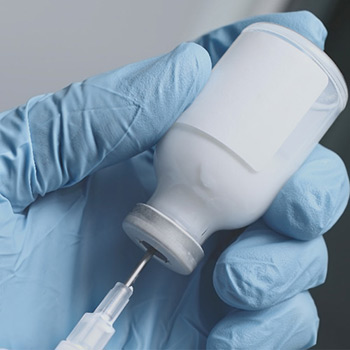GSS HIGH PRESSURE HOMOGENIZER is capable of giving the highest effeciency in the manufacturing of PROPFOL.
In GSS homogenizer, the propofol emulsion smallest mean Droplet size 220 nm is achieved. since, 220 nm globule size is much smaller than human smallest capillary (5-7 micron) therefore, there is no risk for capillary blockage and embolism.

